
Salty Sam’s Fun Blog for Children
Number 343
The Rocky Bay Chip Shop
Hello Everyone

A man walks into a chip shop and says, “A bag of chips twice, please.”
And the man behind the counter says, “l heard you the first time!”
Well, that was just a little joke to start the blog post off this week…
As you already know, Henry lives with his parents at the Rocky Bay Chip Shop.
Henry’s parents run the Rocky Bay Chip Shop.
They are really busy people and work really hard. Luckily, all this hard work is paying off and their business is doing really well.
Most chip shops are closed on Sundays and on Mondays as well so that their owners can serve lots of customers on a Saturday and then have a rest for two days. You will notice that they have a weekend with different days to most other people.
ln the summer season, when Rocky Bay is full of tourists, the Rocky Bay Chip Shop is open seven days a week though!
This is possible because Henry’s parents take on extra help. Teenagers and students who are on their holidays work there to earn some extra money.
They offer jobs to teenagers to earn extra pocket money during their summer holidays and it is good work experience for them.
This extra help enables them to open seven days a week during the very busy tourist season in the height of the summer for about three months.
lt is a very good first job to do to learn some things like how to be at work on time, how to take money and give change and how to be nice and cheery to customers.
Henry’s mum or dad is always around to keep and eye on them so they will always know what to do.
Business is brisk for Henry’s parents in the summer and they are always busy. Henry tends to spend a lot of time playing in Auntie Alice’s garden in his summer holidays. He plays with Bill, Bob and Emily and has his lunch there almost every day.
Do your family go to the chip shop sometimes?
Do they go every Friday evening after they have been grocery shopping and grab something on their way home so that they don’t have to cook?
Or do you just visit a chip shop when you are away on holiday and you want to give yourself a special treat?
Just the smell of the vinegar makes you hungry, doesn’t it?
The holiday-makers that come to Rocky Bay love buying chips from the Rocky Bay Chip Shop.
On a beautiful summer’s day, the customers at the Rocky Bay Chip Shop can eat their chips on the lovely, big, green lawn studded with daisies outside the shop or perhaps wander down the sandy path to the beach with their chips and eat them there.
We hope they always put the wrappings in the bin though!
There are frequent deliveries of chips (ready cut in bags) to the back of the shop. Deliveries are larger and arrive more frequently in the summer than the winter.
The chips are made out of potatoes of course, which have been around in Europe since the 1600s – and it seems that fried fish has been around for quite a while as well.
But did you know that chip shops have been around for a long time too?
There have been fish and chip shops in this country for about 160 years.
Fried fish and fried potatoes were a cheap and filling food served up through the 1800s. lt was a food combination that became very popular in the lndustrial Revolution as it is was cheap, nutritious and filling.
lt is thought that the habit of frying potatoes comes from across the Channel and the habit of frying fish was introduced by Jewish immigrants in the East End of London.
ln 1839, Charles Dickens wrote about a ‘fried fish warehouse’ in his novel Oliver Twist.
The story of fish and chip shops continued with Joseph Malin opening one in London in 1860 and Mr Lees opening one in Lancashire in 1863 after growing his business from a wooden hut in a nearby market.
Both families claim to have started the first fish and chip shop, so these dates may be in dispute.
At the end of the 1800s, many more chip shops had opened. They were very often small, family businesses run from the front room of a house.
There were machines to refrigerate fish and large frying machines to use as well.
Steam railways taking goods all over the country ensured that there was always a supply of fish for the shops to feed the masses. A lot of fish was transported from Grimsby and Whitby where it was landed by North Sea fishing trawlers.
ln the times between the wars, the 1920s and the 1930s, most industrial towns had a chip shop in almost every street.
ln World War ll, the chip shop became more popular than ever because fish and chips were one of the few foods not on ration. This was because food stocks to the shop could never be predicted – they did not have regular deliveries. When a supply of food was delivered to the shop, word went round and the queues were out of the door and down the street!
Now there are thousands of chip shops all over the country. There are many more chip shops than hamburger take-aways.
l do hear that there are fish and chip shops all over the world too – you may have one near you.
What do you put on your chips? Do you favour tomato ketchup or spicy, brown sauce? Do you stick with salt and vinegar or do you like mushy peas with them.
Chips were always wrapped in newspaper up until the 1980s when it was decided that they would be kept cleaner if they were put in grease-proof bags especially made for the purpose. There was a saying – ‘today’s news is just tomorrow’s chip wrappings’.
The queues aren’t so long in the Rocky Bay Chip Shop now that summer is coming to a close.
The tourists are drifting away and you will find more locals than holiday makers in there at this time of year.
But never mind.
Chip shops are a lovely warm place to go on a winter’s evening when it is dark outside. Eating chips from a bag along the street is a good way to keep warm outside too!
Bye bye everyone – don’t forget to subscribe to my blog!
lf you like my blog, please support it by telling all your friends and followers about it.
Thank you!
And see you again next Fun Friday!
Love and kisses
Salty Sam

www.christina-sinclair.com


Bill and Bob’s Joke of the Week![]()
![]()
Bill: l am just reading an interesting item of news in the Rocky Bay Gazette.
Bob: What does it say?
Bill: lt says that last week, a short-sighted chef at the Rocky Bay Arms Hotel, Wun Wok, ate some pan scourers that he mistook for hash browns.
Bob: Oh, no! What happened?
Bill: He is very ill in hospital, but is expected to scrape through!
Bob: Tee hee hee
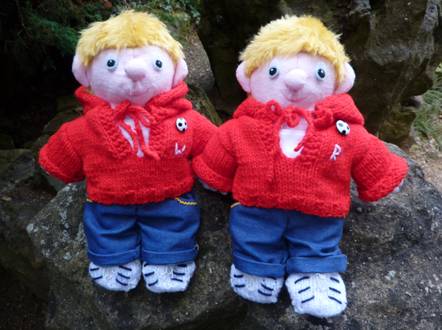
Salty Sam © Christina Sinclair 2015
Unauthorized use and/or duplication of material from this blog without express and written permission from this blog’s author and owner is strictly prohibited.
Links may be used to www.christina-sinclair.com

Picture Gallery
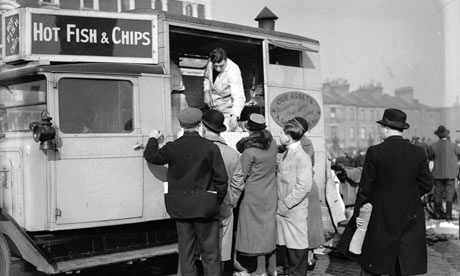


 THE SALTY SAM NEWS DESK
THE SALTY SAM NEWS DESK

This week, Miss Pringle told her class that she really was exasperated at the silly mistakes they still sometimes made when they wrote.
How many times had she told them to use the right there/their and the right to/two/too for example!
They had to remember to check their work!

Anyone can make a mistake like this when they are thinking about the story they are making up more than their spelling as they write.
But when you check your work the mistakes should become clear.
She had told them before that it is easy to make mistakes with homophones like their and there.
Homophone means same sound. Homophones have the same sound but different meanings.
Homonyms have the same sound and the same spelling but a different meaning like fair can be a colour of hair or a place where you can ride in dodgem cars.
Synonyms have similar meaning like huge and gigantic.
Antonyms have opposite meanings like tall and short.
Contronyms, also known as autoantonyms, are same words with opposite meanings like ‘fast’.
You can be stuck fast or run away fast.
To screen a film is to show it and to screen something is to hide it.
To rent is to sell use of something or buy use of something.
To wind something up means to stop something and to start something up.
To bolt is to secure something or to flee from something.
The children thought that maybe Miss Pringle had got out of wrong side of the bed that day or maybe even had a tiff with her new boyfriend Steve.
Yes, you can’t keep all your private business away from your class when you live in a small town or village where gossip gets round!
Do you know which homophone is right in these sentences?
- I wouldn’t go there/their again if I were you!
- The children hung there/their coats up on the hooks.
- I like to/two/too walk on the beach whenever I have the time.
- I have borrowed to/two/too books from the library.
- This coffee is to/two/too hot to drink.
Do you also know the meanings of these homophones?
- Pier/peer
- Stationary/stationery
- Pare/pair
- Sweet/suite
- Principle/principal
- Medal/meddle
- Horse/hoarse


And I just want to give a quick shout out to say hello to my new readers from Benin, Angola, Albania and Macedonia! That means that my blog is now read in 156 territories around the world.
Welcome everyone!

*********************
TO ADVERTISE ON THIS BLOG
PLEASE CONTACT:
christina.sinclair.ads@aol.co.uk
*********************


Quick Quiz
Can you put the numbers into the titles of these stories and add them up to make a total?
- The _ Dancing Princesses
- The _ Orange Pips
- The _ little Pigs
- Goldilocks and the _ Bears
- Ali Baba and the _ Thieves




lt’s the Weekend!

HOW TO MAKE AN AUTUMN HARVEST PlXlE
So here is the last of the four season fairies featured on the blog this year.
It is an autumn pixie with an orange trim to her dress and an acorn cup hat.
BODY (KNIT ONE)
Using 4mm knitting needles and pink dk yarn cast on 17 stitches
Knit 24 rows of stocking stitch
Don’t cast off
Cut off the yarn leaving a length of about 20cm and thread this through the stitches on your needle and pull the knitting needle away
ARMS (KNIT TWO)
Using 4mm knitting needles and pink dk yarn cast on 6 stitches
Knit 8 rows of stocking stitch
Don’t cast off
Cut off the yarn leaving a length of about 10cm and thread this through the stitches on your needle and pull the knitting needle away
LEGS (KNIT TWO)
Using 4mm knitting needles and pink dk yarn cast on 8 stitches
Knit 14 rows of stocking stitch
Don’t cast off
Cut off the yarn leaving a length of about 10cm and thread this through the stitches on your needle and pull the knitting needle away
TO MAKE UP
- Sew up the back seam of the body and head right sides together using over-sew stitching
- Turn the body and head the right way out
- Pull the top of the head shut then stuff the head and body (you may need to put a couple of extra stitches in the top of the head in pink yarn to close up the little hole)
- Sew along the inner leg seams using over-sew stitching right sides together and turn the legs the right way out
- Tightly bind the ankles twice around with pink yarn
- Stuff the legs
- Sew across the top of the legs and the bottom of the body from behind (lay the legs across the stomach as you work) to attach the legs
- Sew a strand of pink yarn into the back of the neck and wrap it around the neck a couple of times, pull tight and secure the yarn into the centre back of the neck
- Embroider a face onto the front of the head using one strand of black yarn (you can pull double knitting yarn apart to get thinner strands)
- Sew along the under arm seams using over-sew stitching right sides together and turn the arms the right way out
- Tightly bind the wrists twice around with pink yarn
- Stuff the arms with the ends of the yarn left over from the knitting and a little stuffing as well
- Sew the arms securely to the sides of the body so that they point forward
- Wind some white yarn around the length of a pack of cards 10 times and sew the front of the loops to the top of the head so that the long hair flows down the back of the neck
- Wind some white yarn around the length of a pack of cards 30 times and sew the centre of the loops to the top of the head so that the long hair flows down each side of the head – your sewing should look like a centre parting
- Slightly trim the ends of the hair if necessary
Now you are ready to dress the doll…
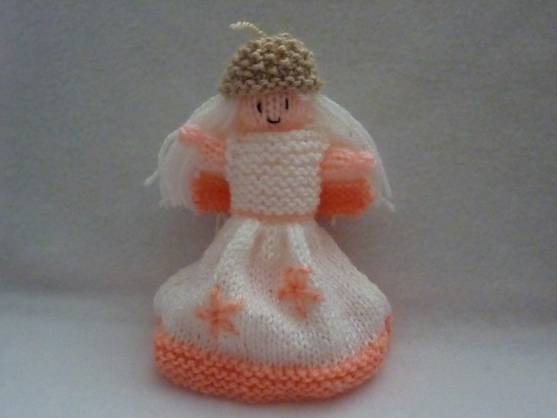
DRESS SKIRT (KNIT TWO)
Using 4mm knitting needles and light orange yarn cast on 31 stitches
Knit 6 rows of garter stitch
Change to white sparkly yarn
Knit 20 rows of stocking stitch
Don’t cast off
Cut off the yarn leaving a length of about 20-30cm and thread this through the stitches on your needle and pull the knitting needle away
DRESS BODICE [TOP] (KNIT TWO)
Using 4mm knitting needles and white sparkly yarn cast on 11 stitches
Knit 16 rows of garter stitch
Cast off
DRESS CAPE (KNIT TWO)
Using 4mm knitting needles and light orange yarn cast on 21 stitches
Knit 6 rows of garter stitch
Change to white sparkly yarn
Knit 1 row
Purl 1 row
Slip 1, (knit 1, purl 1) repeat the last 2 stitches to the end of the row
Repeat the last row 11 times (12 rows of moss stitch)
Cast off
TO MAKE UP
Pull in each of the tops of the skirts and sew to the bottom edge of the bodices of the dress
Embroider two lazy-daisy stitch flowers to the front of the skirt
Sew down the two dress side seams
Sew the top of the cape to the top of the bodice
ACORN CAP (KNIT ONE)
Using 4mm knitting needles and light beige yarn cast on 21 stitches
Slip 1, (knit 1, purl 1) repeat the last 2 stitches to the end of the row
Repeat the last row 7 times (8 rows of moss stitch)
Don’t cast off
Cut off the yarn leaving a length of about 10cm and thread this through the stitches on your needle and pull the knitting needle away
Sew back up seam using over-sew stitching with right sides together
Pull in the top of the hat
Secure the yarn and cut off leaving a little acorn stalk
Sew to the top of the doll’s head if required
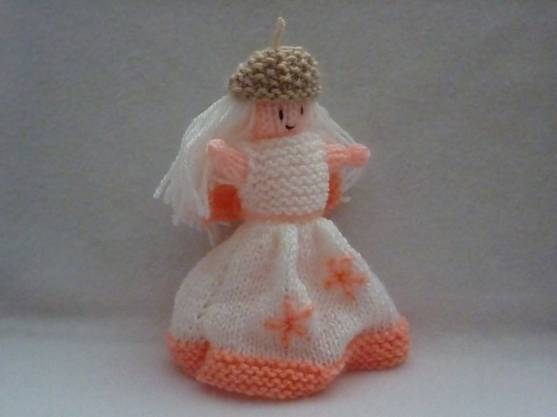
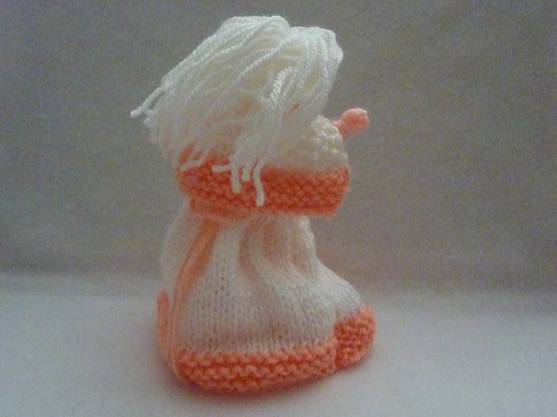
Please note that the material on this blog is for personal use and for use in classrooms only.
It is a copyright infringement and, therefore, illegal under international law to sell items made with these patterns.
Use of the toys and projects is at your own risk.
©Christina Sinclair Designs 2015

Answers to the News Desk Quiz
- I wouldn’t go there again if I were you!
- The children hung their coats up on the hooks.
- I like to walk on the beach whenever I have the time.
- I have borrowed two books from the library.
- This coffee too hot to drink.
- Pier/peer – a jetty built over water/a person who is you equal
- Stationary/stationery – not moving/writing equipment like paper and pens
- Pare/pair – to peel fruit/two things together – possibly matching
- Sweet/suite – sugary taste/a collection of furniture or rooms
- Principle/principal – a fundamental law or belief – like a moral/the highest and most important position like the person in charge of a college
- Medal/meddle – an award/to interfere
- Horse/hoarse – an animal/a dry or sore throat which relates in voice failure – it becomes faint and raspy



Quick Quiz Answers
- The Twelve Dancing Princesses
- The Five Orange Pips
- The Three little Pigs
- Goldilocks and the Three Bears
- Ali Baba and the Forty Thieves
12 + 5 + 3 + 3 + 40 = 63
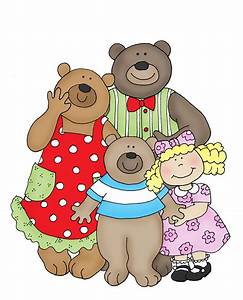


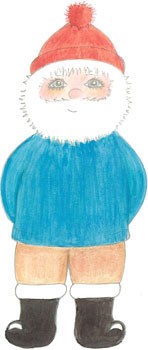
Love your sense of humor. It makes learning fun!
l am really glad you like my blog so much. Thank you Kelly.
A shout out to the writer – well done love your articles.
Thank you Bob! l am glad you rate my blog so much.